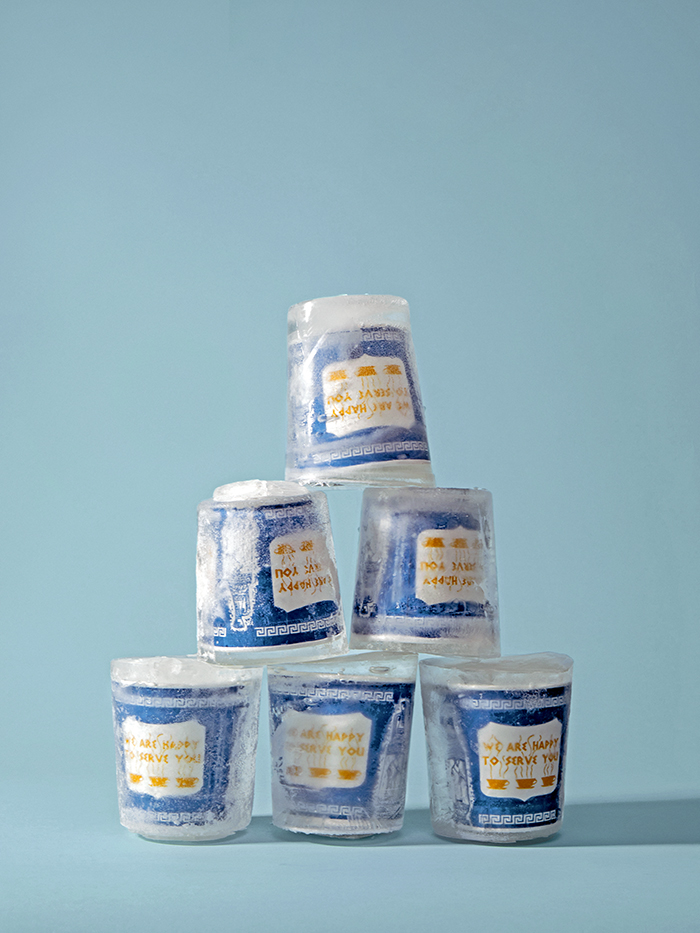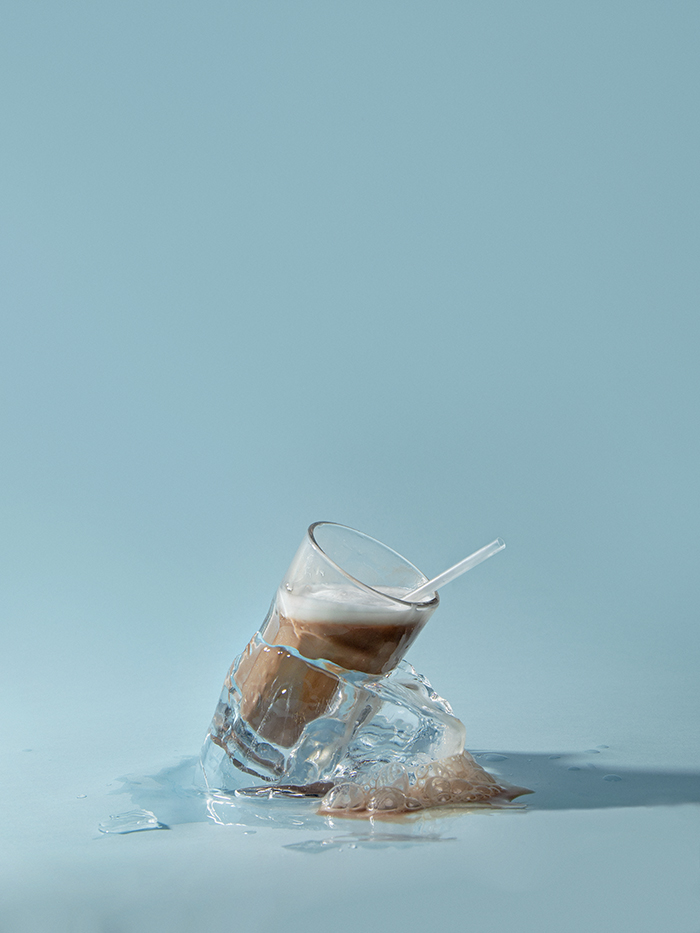Sometimes, within the endless maze of concrete and steel, between crowded subway cars bursting at the seams in the depths of a morning commute, alongside a steady stream of pedestrians that encase street traffic like a picture frame, there are quiet moments that remind us why we live in New York City. It is in these times, against the usual complete sensory overload, we rise taller than the towers that keep us in their shadow, and bask in the light of our own circumstance. There is nothing we can’t conquer; even if only for a second, a little piece of the city becomes ours.
These moments always come at the most unexpected of times.
For me, it first came when I rounded a quiet street corner one winter evening in Chinatown, only to find shuttered storefronts soaked in a vibrant bath of confetti; another time not too soon after, while trekking across a vacant Brooklyn Bridge at 2 a.m. to show a new city dweller the lay of the land, more twinkling lights surrounding us than the usual frenzy of tourists.

Soft Pretzels (street vendors): Either too hard, too chewy, too bland, or too salty, the unspoken secret of this street food is that, culinarily, it isn’t actually all that great. However, the cheap prices (especially compared to other city snacks) and availability on almost any corner—touristy or not—has made soft pretzels into a New York City classic that has managed to stay relatively unchanged for almost two centuries.
These instances creep up on us between the city streets, allowing for entirely individual experiences that feel as if they belong only to those in that moment. But I’ve found that these occasions can just as often arise from a more common ground, with specific places cultivating similarly unique instances of calm and correct. It is within such places, be it restaurants and bars, or shops and small businesses, that keep its inhabitants coming back again and again. These spots become ingrained into the architecture of the city, influencing why New York feels distinctly “New York.”
This city has always been a land of constant change, its face shifting while its bones stay the same. But today, the last of such well-loved places seem to be disappearing faster than ever, leaving any heart that’s left in Manhattan at risk of becoming nothing more than a distant memory; a skeleton hollowed out by big business and chains.

Thirty-odd years ago, in the mid-1980s, Manhattan was in a transitional state, its grit contaminating any sense of easy, clean city living. With little to no competition, new businesses were offered leases on commercial spaces at reasonable rates for terms that would last an upwards of 25+ years. Over time, these spots slowly became infused in their ever-changing surroundings, standing the test of time to become neighborhood staples that, in their own way, captured a certain essence of quintessential New York.

But today, as these long-term leases face renewal, rents are skyrocketing, leaving even the most well-loved places no choice but to permanently close their doors with little to no warning. In a cruel twist of fate, businesses that have helped transform and define areas can no longer afford to exist regardless of how popular they are. The West Village lost Tortilla Flats, a quirky Tex-Mex eatery whose shameless kitsch shined as a beacon of quirky, vibrant light into a bland sea of its neighboring Meatpacking counterparts. Amid the chaos of Union Square, The Coffee Shop served Brazilian-inspired bites by day while maintaining a sizeable crowd over cocktails by night before shutting down this past October after 28 years. Not too long before, its neighbor Republic—a convenient and delicious no-frills noodle spot—ceased operations over three years early ahead of its lease renewal to minimize potential losses in the face of a new astronomically high rent. As of now, there are no legal restrictions to prevent such dramatic rent increases in New York City commercial real estate—one of many factors that are contributing to this dire succession.

I recognize that this commercial gentrification is nothing new (especially in every sense of the word particularly in Manhattan’s surrounding boroughs), but in a place where such historically-laden places are already so few and far between, the recent disappearance of spots that have personally shaped my own New York experience has left me questioning what will be left in the coming years to echo a more authentic Manhattan.
In my photography, I have always been motivated to entertain through a colorful and often playful approach. Originally coming from a fashion background, my initial photographs focused on creating stimulating visuals at face value, but not much beyond that. As a current Adobe Creative Resident, I have been given the space and resources to challenge this creative process, allowing me to experiment with new subjects such as still-life and food with a newly unlimited way of thinking. Even still, I never thought I could create work that might have a sincere impact.

In the tail-end of summer, I took a stroll from my Upper East Side apartment through Central Park to the American Museum of Natural History, a commute in whose long, warm rays in the last stretch of the day wrapped me up in another precious New York moment. I was at the museum to attend a panel discussion hosted by Adobe Lightroom on photographing for the greater good. Not long after, I attended another Adobe event, this time hosted by the Stock team, revolving around “multilocalism,” the concept of contextualizing local experiences with global consciousness. All in all, these events planted the seeds that challenged the limitations I had previously put on my own work. I came to realize that if there was something I cared deeply about, I could naturally bring change and inspire others without compromising my creative approach.
And so, this series is a small step forward in creating work with a more socially conscious intent. Within these ten photographs, I have selected foods to feature that are synonymous with the culture of Manhattan, either invented in the city or sourced from somewhere local known for that item. They are a celebration of what we currently perceive as “New York City” while playing off themes of preservation, encasing each food in varying stages of frozen ice chunks.

Living in Manhattan under the context of the Adobe Creative Residency has helped evolve a deeper love for where I live. As I spend more and more time here, I am instilled with a greater sense of responsibility to protect it in any way that I can. After all, what would this place be without those confetti-doused, sun-soaked, New York City kind of moments?

To view this series in full, visit https://hungry-boy.com/manhattan-meltdown/

